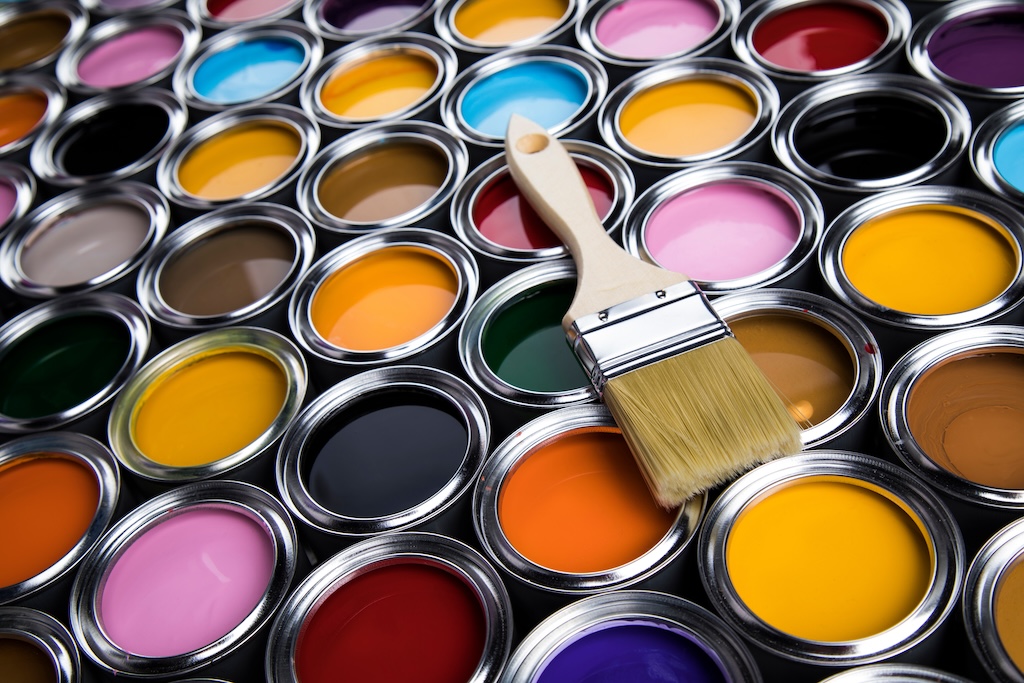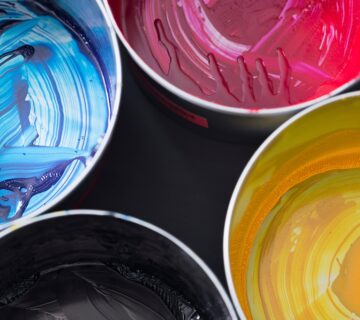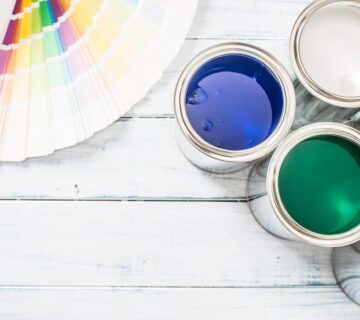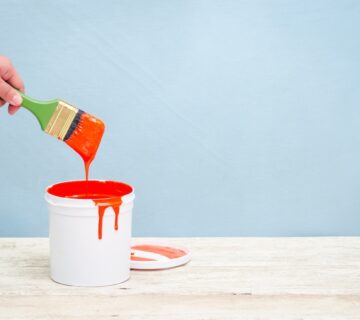The history of paint is a fascinating journey through time, mirroring human civilization’s progress and its ever-evolving artistic and practical needs. From the rudimentary mixtures used by our ancestors to the sophisticated compositions available today, the evolution of paint composition is a testament to human ingenuity and technological advancement. In this blog, we explore how paint has evolved over the centuries, transforming from simple colorants to complex formulations. We will trace the development from natural ingredients to the advanced paints used by artists and in homes around the world.
Early Beginnings: Natural Paints
The earliest paints were simple concoctions made from readily available natural materials. Early humans used earth pigments like ochre, charcoal, and lime to create rudimentary paints. They were often ground and mixed with water, animal fat, or plant sap. These were used for cave paintings, body art, and rudimentary house decorations, demonstrating the basic human desire for self-expression through color. These natural paints were not only a form of artistic expression but also had practical applications such as body camouflage and ritualistic purposes.
Middle Ages: The Advent of Oil Paints
The Middle Ages saw a significant advancement in paint technology with the introduction of oil paints. By suspending pigments in linseed oil, artists discovered they could create richer, more durable colors that offered greater versatility and longer drying times. This innovation revolutionized the art world, leading to masterpieces that have endured for centuries. The era of oil painting also led to new techniques and styles, which defined the period’s artistic movements.
Industrial Revolution: Mass Production and Synthetic Pigments
The Industrial Revolution brought about massive changes in paint composition. The mass production of paints became possible, and with it came the development of synthetic pigments and binders. This period saw the introduction of lead-based paints, which, while durable and popular, later became known for their health hazards. It was a time of both innovation and concern, leading to the eventual regulation and decline of lead in paints.
20th Century: The Rise of Acrylics and Latex Paints
The 20th century marked the arrival of acrylic and latex paints. Acrylic paints, made from acrylic resins, offered fast drying times, durability, and water resistance. Latex paints, primarily water-based, became popular for their ease of use, quick drying times, and reduced odor. These paints also marked a move away from toxic lead-based formulations, reflecting an increased concern for health and safety.
Environmental Awareness: Low-VOC and Eco-Friendly Paints
There has been a growing awareness of the environmental and health impacts of paint components, particularly volatile organic compounds (VOCs). This awareness has driven the development of low-VOC and zero-VOC paints, which emit fewer harmful gases. Eco-friendly paints, made from natural materials and free from toxic chemicals, have also gained popularity. These developments are a response to consumer demand for more sustainable and health-conscious products.
Technological Advancements: Smart and Functional Paints
Today, technological advancements have led to the development of ‘smart’ paints with added functionalities. These include self-cleaning paints, thermal insulating paints, and even paints that can absorb pollutants. The future of paint composition is likely to see even more innovative additions, driven by sustainability and technological innovation. Paints are no longer just about aesthetics; they are increasingly about improving quality of life and protecting the environment.
Final Thoughts
The evolution of paint composition over time is a story of innovation, reflecting humanity’s artistic ambitions and its response to changing environmental and health concerns. From the caves to the modern canvas, from simple earth pigments to sophisticated smart paints, the journey of paint is a vivid chapter in the history of human development. As we continue to advance, the paints of the future promise to be even more environmentally friendly, functional, and aligned with our ever-changing world. For more insights into the fascinating world of paint and home improvement, visit our website at sisupainting.com and check out our blog at sisupainting.com/blog.





No comment